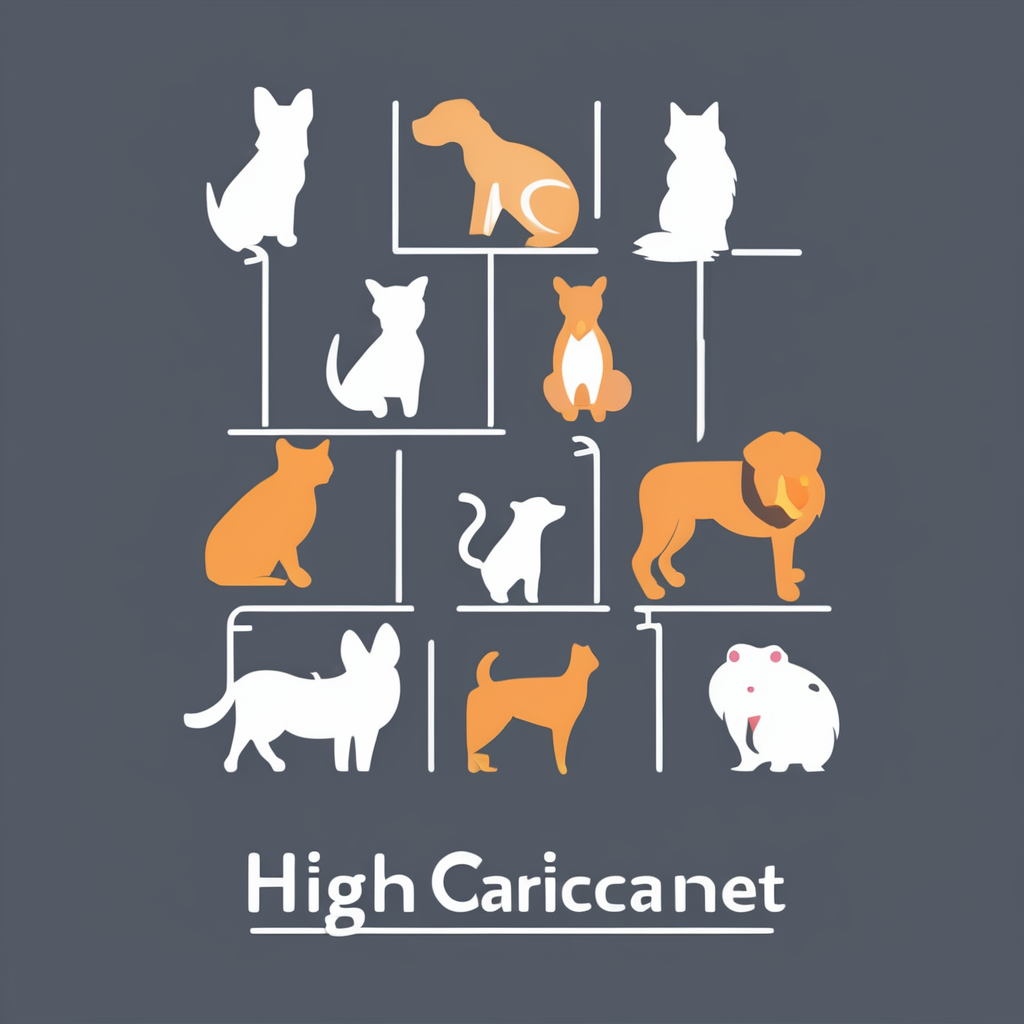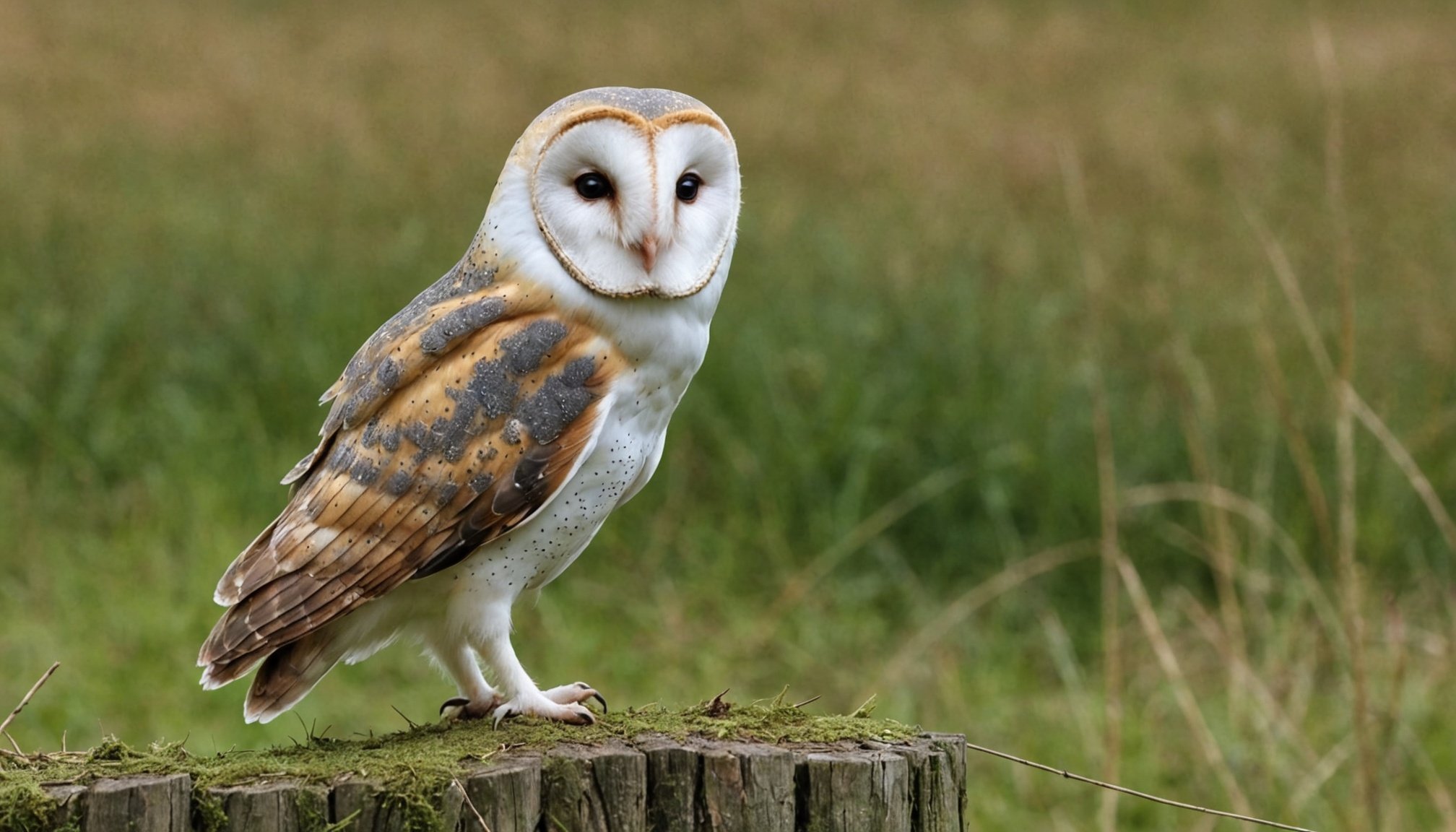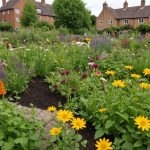Understanding Barn Owl Populations
The barn owl (Tyto alba) plays a crucial role in the UK’s agricultural ecosystems, primarily by controlling rodent populations. Understanding their habitat and distribution is vital for effective barn owl conservation efforts. Generally, these owls thrive in open countryside, preferring grasslands and field edges with ample hunting grounds.
However, current farming practices pose significant threats to their populations. The intensification of agriculture has led to the loss of suitable habitats, with many traditional nesting sites being destroyed. Modern farming techniques often involve the use of agrochemicals, which can indirectly impact the barn owl through the food chain.
This might interest you : Creating Urban Green Sanctuaries in the UK: A Master Plan for Amphibian-Friendly Habitats
Despite these challenges, barn owls are pivotal in maintaining ecological balance in agricultural settings. They help regulate pest populations, making them indispensable allies for farmers. Thus, their conservation is not just a matter of preserving a species but also a strategy for enhancing biodiversity and ecosystem services.
In sum, the conservation of barn owls interlinks with broader environmental health and agricultural sustainability. Addressing the challenges they face requires a combination of policy, education, and practical changes in farming practices to create a hospitable landscape for both barn owls and human agriculture.
Also to see : Fighting wildlife crime: effective legal strategies to combat poaching of endangered species in the uk
Eco-Friendly Farming Practices
Implementing sustainable agriculture is pivotal in assisting barn owl conservation efforts. Sustainable farming encompasses methods that sustain environmental health, bolster biodiversity, and ensure economic viability for farmers. It prioritises practices that harmonise with nature, like reducing chemical use and promoting crop rotation.
Aligning eco-friendly practices with barn owl conservation is crucial. Traditional farming practices often compete with the natural habitats of barn owls, impacting their populations negatively. By adopting sustainable methods, farmers can create ecosystems where barn owls and other wildlife thrive. This includes biodiversity enhancement through the preservation of natural habitats and careful land management.
Farmers have a critical role in implementing sustainable methods that protect wildlife. For example, practices like creating hedgerows and maintaining grass strips not only support barn owl habitats but also enhance the landscape’s overall biodiversity. Encouraging the use of organic pest control reduces the risk of harm to barn owls and other non-target species. By embracing these methods, farmers contribute to a larger environmental strategy that supports both agricultural productivity and wildlife conservation, benefiting ecosystems as a whole.
Resources and Support for Farmers
Access to resources and support is essential for farmers embarking on eco-friendly journeys. Various agricultural organizations offer assistance, guiding farmers through sustainable practices that benefit both agriculture and wildlife, such as barn owl conservation.
Conservation grants play a pivotal role by providing financial backing. These grants enable farmers to implement biodiversity-enhancing practices, from establishing hedgerows to maintaining grasslands. They alleviate the financial burden of transitioning to methods that support barn owl habitats and reduce chemical use.
Educational programs are another cornerstone. They equip farmers with knowledge on sustainable farming techniques, ensuring effective integration of conservation efforts. Workshops and seminars hosted by conservation bodies reinforce community involvement, uniting local stakeholders in the mission of preserving barn owl populations.
Furthermore, digital resources, such as online platforms, showcase success stories and offer detailed guidance on land management strategies. These resources emphasize the importance of aligning farming practices with environmental goals, empowering farmers to take decisive action.
By leveraging these supports, farmers contribute significantly to broader conservation efforts, fostering resilient ecosystems. This integrated approach not only enhances the landscape’s biodiversity but ultimately sustains farming viability in the long term.
Integrated Pest Management (IPM)
Integrated Pest Management (IPM) is essential for promoting ecological pest control, substantially benefiting barn owl populations. IPM strategies reduce reliance on harmful chemicals, fostering an environment where barn owls, through natural predation, can thrive. This approach balances agricultural needs with conservation goals, making it imperative for modern farming.
Ecological pest control involves using predator-prey dynamics to manage pest populations naturally. Farmers can adopt methods like introducing beneficial insects that feed on common agricultural pests. By doing so, they decrease the need for synthetic pesticides, creating a healthier ecosystem for barn owls and other wildlife.
Collaborating with conservationists is vital in developing effective IPM strategies. Through joint efforts, farmers and conservationists can design IPM plans that integrate barn owl conservation with practical farming solutions. These collaborations often involve setting up owl boxes to encourage natural pest control, aligning conservation objectives with agricultural productivity.
Incorporating IPM not only supports barn owl populations but also enhances overall farm biodiversity. This synergy between ecological pest control and barn owl conservation leads to healthier ecosystems, simultaneously improving farm sustainability and contributing to broader conservation efforts in the UK.
Creating Wildlife Corridors
Wildlife corridors are crucial for enhancing habitat connectivity, enabling barn owls to move freely between fragmented habitats. These corridors are linear features like hedgerows or strips of native vegetation that link larger areas of natural habitats. They are especially important in landscapes heavily modified by agriculture, where natural movement routes have been disrupted.
The design of effective wildlife corridor systems on farms involves understanding barn owl behaviour and landscape needs. Corridors should connect areas rich in barn owl habitats, such as grasslands and field edges, facilitating access to hunting grounds and nesting sites. Strategic planting of trees or shrubs can create safe passageways, while ensuring minimal interference with farming operations.
Successful implementation often involves collaboration between landowners, conservation experts, and local authorities. For instance, in some UK regions, projects have restored connectivity by reintegrating hedgerows and maintaining uncultivated field edges. These efforts have shown promising results, with noticeable increases in barn owl sightings and corresponding declines in pest populations.
Ultimately, establishing wildlife corridors supports barn owl conservation and enhances biodiversity, benefiting ecosystems as a whole. Encouraging their adoption can significantly improve the resilience of local wildlife populations, making farms more sustainable and ecologically balanced.
Engaging the Community in Conservation Efforts
Public awareness and community involvement are pivotal for successful barn owl conservation initiatives. Raising awareness can transform local perspectives, making individuals and communities active participants in conservation programs. These initiatives often involve educational workshops and awareness campaigns designed to inform the public about the vital role barn owls play in ecosystems and the threats they face.
Community-led programs have proven effective in supporting sustainable farming and wildlife protection. For instance, volunteer groups often participate in projects to establish and maintain nest boxes, enriching barn owl habitats. Such grassroots actions not only bolster local barn owl populations but also enhance environmental stewardship.
Farmers can work alongside local organizations to further conservation efforts. This collaboration can involve shared resources, expertise exchanges, and coordinated participation in incentive-based schemes like conservation grants. By partnering with non-profits, schools, and other community stakeholders, farmers gain valuable support while promoting biodiversity enhancement across agricultural landscapes.
The integration of community initiatives into broader conservation strategies not only benefits barn owl populations but also strengthens community bonds. By engaging communities, conservation gains a grassroots foothold, ultimately creating environments where both agriculture and native wildlife thrive.
Measuring Success and Future Directions
Tracking the effectiveness of barn owl conservation efforts requires a comprehensive conservation impact assessment. Key indicators include increases in barn owl populations and restored natural habitats. Regular monitoring and research initiatives provide insight into the recovery of these populations, guiding adjustments in conservation strategies. For example, placing motion-activated cameras in known owl habitats can yield valuable data on population growth and behavior.
Current trends point to innovative future farming trends that actively support wildlife conservation. Techniques such as no-till farming, agroforestry, and precision agriculture minimise soil disturbance and foster diverse ecosystems. These methods not only reduce the ecological footprint of farming but also create environments conducive to barn owl prosperity.
Additionally, emerging technologies like satellite imagery and drone surveys can enhance land management strategies by identifying critical areas for intervention. By embracing these advances, farmers can play a pivotal role in actively shaping farming landscapes that integrate wildlife conservation. Looking forward, fostering collaboration between scientists, farmers, and conservationists will be vital in adapting sustainable farming practices to meet conservation needs. Emphasising the balance between agricultural productivity and biodiversity support will ensure continuity of efforts in preserving barn owl populations in the UK.
Habitat Preservation Techniques
Preserving barn owl habitats is vital for sustainable land management strategies. Grasslands and traditional farming landscapes offer essential nesting sites and hunting grounds for barn owls. In the UK, agricultural intensification threatens these areas, making habitat preservation efforts crucial.
Key techniques for maintaining barn owl-friendly environments include the protection of grasslands and hedgerows. These features provide not only nesting sites but also abundant prey. Land management strategies should focus on maintaining these vital ecosystems, allowing barn owls to thrive alongside agricultural activities.
Efforts to restore habitats have seen success across the UK. Farmers implementing land management strategies have utilised traditional techniques like maintaining hedgerows and field margins, ensuring minimal disruption to barn owl habitats. These strategies support biodiversity and enhance the ecological balance across farmlands.
Case studies highlight effective habitat restoration efforts. For example, projects focusing on reestablishing native vegetation and optimising unploughed field edges have resulted in increased barn owl populations. By prioritising these land management strategies, both conservationists and farmers contribute to vibrant, sustainable ecosystems where barn owls and agricultural productivity coexist harmoniously.











